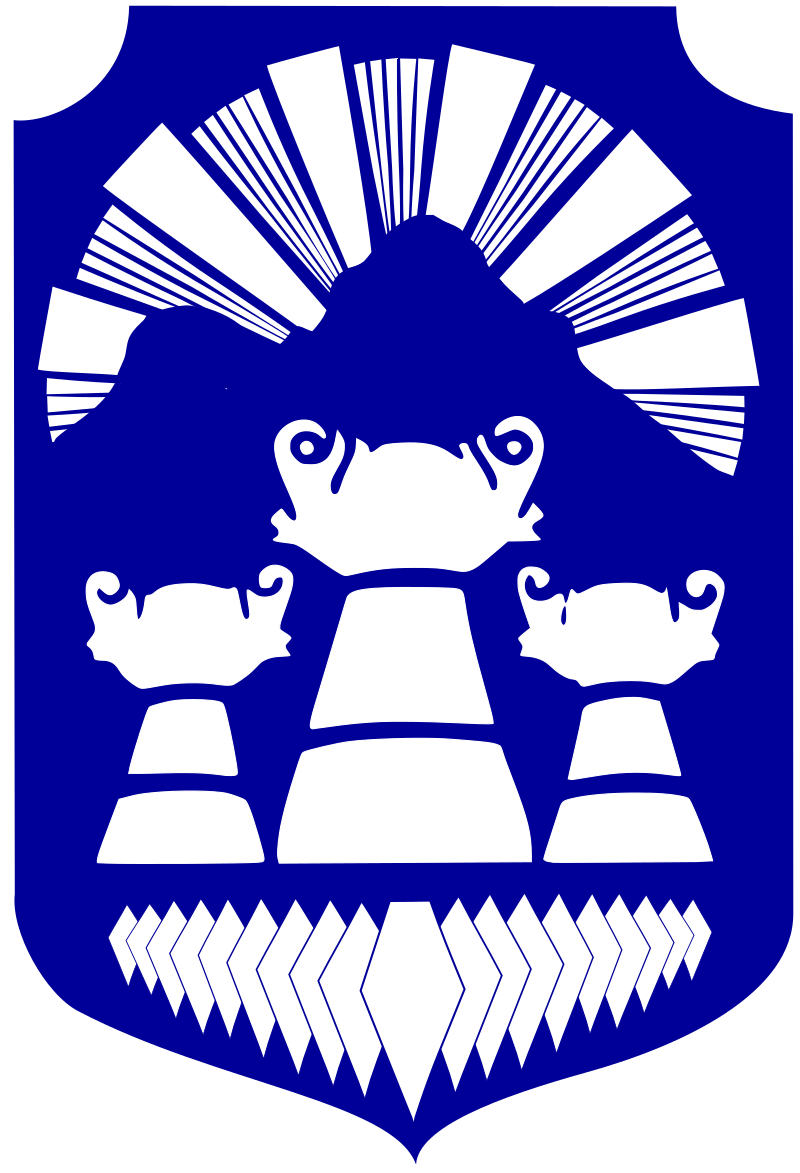
Prilep is a city in the Republic of Macedonia, located in the northern part of the Pelagonia Valley, in the southwestern part of the country. According to the 2021 census, it has 63,308 inhabitants. Known as “The City under Marko’s Towers,” it stands in the shadow of the legendary fortress of King Marko.
On May 7, 1975, the city was awarded the Order of the People’s Hero of Yugoslavia, becoming one of only eight cities in the former SFR Yugoslavia to receive this honor. In addition, 14 individuals from Prilep and the surrounding area were also decorated with the same order.
According to a legend recorded by Marko Cepenkov, the first settlers built their houses “stuck” to Marko’s fortress, and because the houses were “attached” (prilepeni), the city got the name Prilep. In the same legend, the city is described as a “prilebno” place — a place where bread was produced.
According to academic Blazhe Koneski, the name comes from the personal names Prilepa and Prilepka, which are preserved in Russian anthroponymy.
Prilep’s history stretches from antiquity to the present day. It is believed that the ancient city of Stibera once stood on the site of modern Prilep. Later, the city became a significant medieval center during the reign of King Marko. Medieval records, Byzantine chronicles, and Ottoman documents describe Prilep as both a strategic stronghold and a cultural hub of Pelagonia.
From the 19th century onward, Prilep became famous for tobacco production. The Pelagonia climate enabled the cultivation of the renowned Prilep Jaka — small-leafed, aromatic, and highly prized oriental tobacco. Tobacco became a symbol of Macedonian agriculture and a source of pride, making Prilep one of the leading tobacco exporters in Europe, the Middle East, and even the United States during the Yugoslav period.
The current location of Prilep dates back to the early Middle Ages, when it was an important trading and military city. After the defeat of Tsar Samoil’s army at the Battle of Belasitsa in 1014, blinded soldiers were brought here, and upon seeing them, Tsar Samoil died of a heart attack. The city then came under Byzantine control.
In 1371, Prilep became the capital of the medieval Macedonian feudal lord Volkashin, who established the Prilep Kingdom. After his death at the Battle of Maritsa, his son King Marko inherited the throne. He ruled the region until his death at the Battle of Rovine in 1395, even after the Ottomans arrived.
After King Marko’s death, Prilep fell under Ottoman rule. It became part of their administrative and military system. During the Ilinden Uprising (1903), Prilep was part of the Bitola Revolutionary Region of the VMRO. Local insurgents, led by Petar Acev and Krsto Germov-Šaćir, cut telegraph lines and destroyed bridges around the city to disrupt Ottoman communication and transport. Later, many residents participated in the Young Turk Revolution (1908). In 1910, authorities arrested over 70 citizens in a disarmament campaign.
During the Balkan Wars, Prilep saw heavy battles, including the Battle of Prilep between the Serbian and Ottoman armies. After the wars and the Treaty of Bucharest, Prilep became part of the Kingdom of Serbia.
In April 1941, German forces occupied Prilep, followed shortly after by Bulgarian forces. On October 11, 1941, the partisan detachment “Goce Delchev” attacked the Bulgarian police station in Prilep, an action considered the start of the Macedonian anti-fascist uprising. The city was liberated on September 9, 1944, with final liberation completed on November 3, 1944.
Prilep is a city of theater, art, and tradition. The “Vojdan Chernodrinski” Theater is a symbol of Macedonian theatrical heritage, hosting the prestigious Theater Festival each year. Art flourishes through the works of local painters, mosaicists, musicians, and the oral traditions of folklore and storytelling.
Prilep’s cuisine reflects the warmth of Pelagonia. It is known for:
Prilep has a proud sporting spirit:
Macedonia and Prilep are emotion, hope, longing, and a true home.
For those far away, Prilep is not just a memory of towers and tobacco, but the embrace of Pelagonia that waits with open arms.